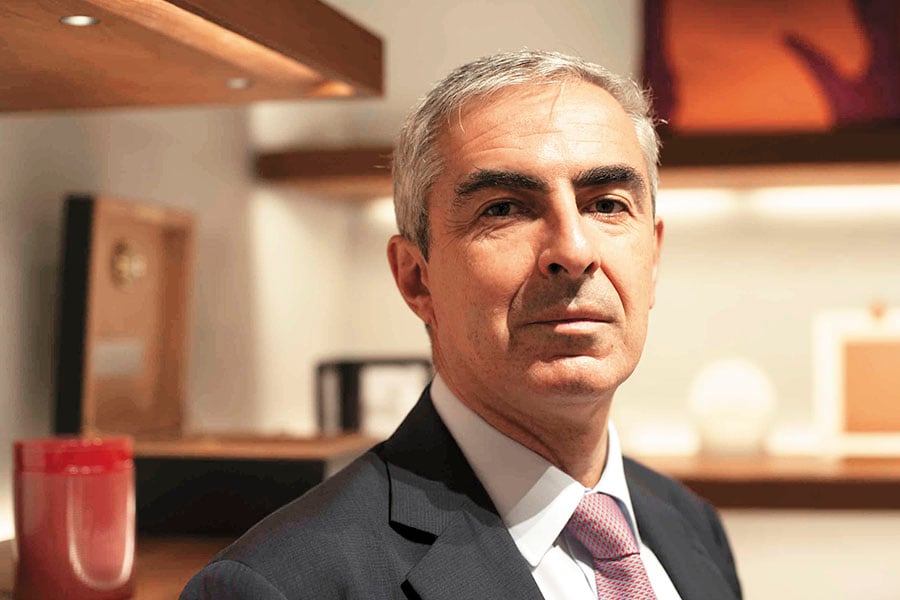
We consider ourselves a multi-local company: Eric Festy of Hermès
The 180-year-old French luxury brand has preserved its exclusivity, even while expanding to 49 countries, he says
 Eric Festy, MD, Middle East South Asia, Hermès
Eric Festy, MD, Middle East South Asia, Hermès
Image: Amit Verma
Ten years and two stores—that’s how the journey of French high fashion luxury goods manufacturer Hermès can be described in India. “Our journey in India has been rather short and we have a lot more to learn from here,” says Eric Festy, managing director, Middle East South Asia, at Hermès, who was recently in the country to launch a new store in New Delhi. Edited excerpts from an interview:
Q. How has Hermès evolved? What are the characteristics that embody the essence of the brand?
Well, Hermès is a brand that started about 180 years ago in Paris, and is today present in 49 countries. We have a turnover of €5.2 billion [FY2016], and employ more than 12,000 people. Our international presence has gone up drastically. But one thing remains the same—our core values. Craftsmanship is an important value. Innovating, and surprising customers are key elements—our métier is in to produce beautiful objects that are not always expected by our customers. We are not here to just bring something that people want. Giving them something that is not always expected is also part of the job.
Quality is essential, and at Hermès it is closely linked to craftsmanship. Some of our products are handmade, while some are individually signed and we don’t want to change that. We don’t want to use machines or robots for these.
Q. What are your views on the Indian luxury market? What are the opportunities here?
We opened our first store in The Oberoi in New Delhi in 2008, and our second flagship store [at Horniman Circle] in Mumbai. When The Oberoi shut for renovation, we opened a temporary store in Vasant Kunj, and now that we have opened a new store [in Chanakyapuri], we will be closing the temporary store. With two stores in operation, we may want to focus on an ecommerce project to tap a wider range of customers.
The continued growth of the millennial population in India, combined with travel, access to the internet, and social media give us the confidence that there is an opportunity for growth here. Continued development of retail infrastructure also provides a big opportunity for luxury brands.
Q. How do you adapt to the Indian context and market?
We don’t consider ourselves an international company; we rather consider ourselves as a multi-local company. If you look at our [shop] window, it’s done by an Indian artist and an Indian company. It will not be the same as the one we have in any other place. This is very meaningful as it reflects the philosophy of our company. We have to adapt to different cultures, different environments and different histories.
And it is likewise with the management; we work with local people. We are very careful about what we have around us. We try to understand the context, and their habits, and then we take relevant decisions. We do take specific decisions pertaining to India that will definitely not be the same as in other markets.
Q. What are the most popular Hermès items in India? And what are your future plans?
It would be bags definitely; they are popular across the world. After all, I would say our fashion accessories are becoming an important part of our business. A lot of products that we sell have a story to tell. We have two stores and it’s just the beginning of our journey. We first have to run these and provide a nice shopping experience. We will take a call about the future later.
(This story appears in the 30 November, -0001 issue of Forbes India. To visit our Archives, click here.)





